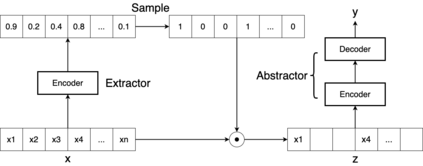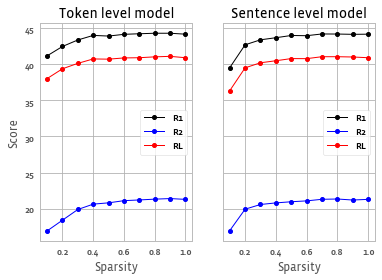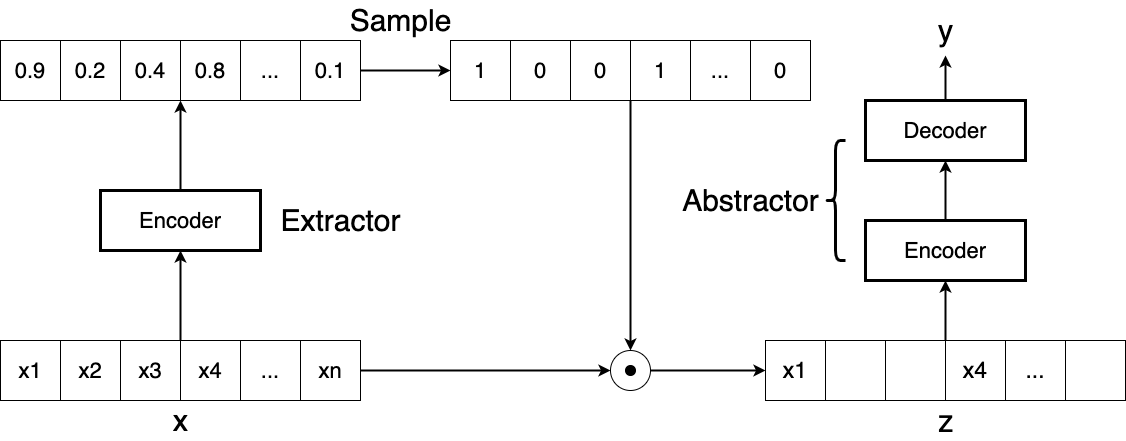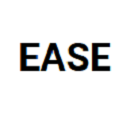Current abstractive summarization systems outperform their extractive counterparts, but their widespread adoption is inhibited by the inherent lack of interpretability. To achieve the best of both worlds, we propose EASE, an extractive-abstractive framework for evidence-based text generation and apply it to document summarization. We present an explainable summarization system based on the Information Bottleneck principle that is jointly trained for extraction and abstraction in an end-to-end fashion. Inspired by previous research that humans use a two-stage framework to summarize long documents (Jing and McKeown, 2000), our framework first extracts a pre-defined amount of evidence spans as explanations and then generates a summary using only the evidence. Using automatic and human evaluations, we show that explanations from our framework are more relevant than simple baselines, without substantially sacrificing the quality of the generated summary.
翻译:目前抽象的总结系统优于其采掘系统,但普遍采用这些系统受到内在缺乏解释的阻碍。为了在两个世界取得最佳效果,我们提议EASE(一个基于证据的文本生成的抽取性框架),用于基于证据的文本生成,并将其应用于文件的总结。我们提出一个基于信息瓶颈原则的可解释的总结系统,该原则是经过联合培训,可以最终提取和提取的。根据以往的研究,人类使用一个两阶段框架来总结长篇文件(Jing和Mckeowon,2000年),我们的框架首先提取了预先确定的大量证据作为解释,然后仅利用证据生成摘要。我们使用自动和人文评估,表明我们框架的解释比简单的基线更相关,而不会大大损害生成摘要的质量。







